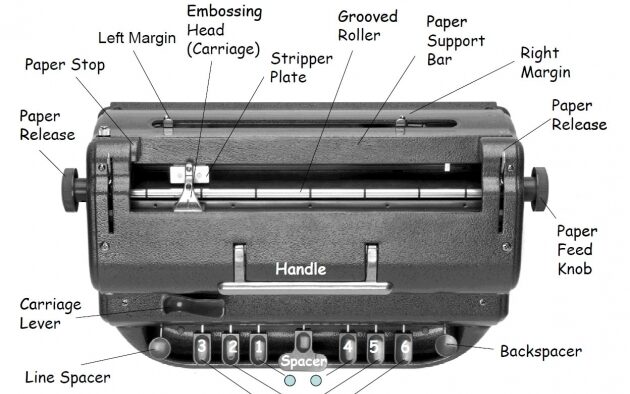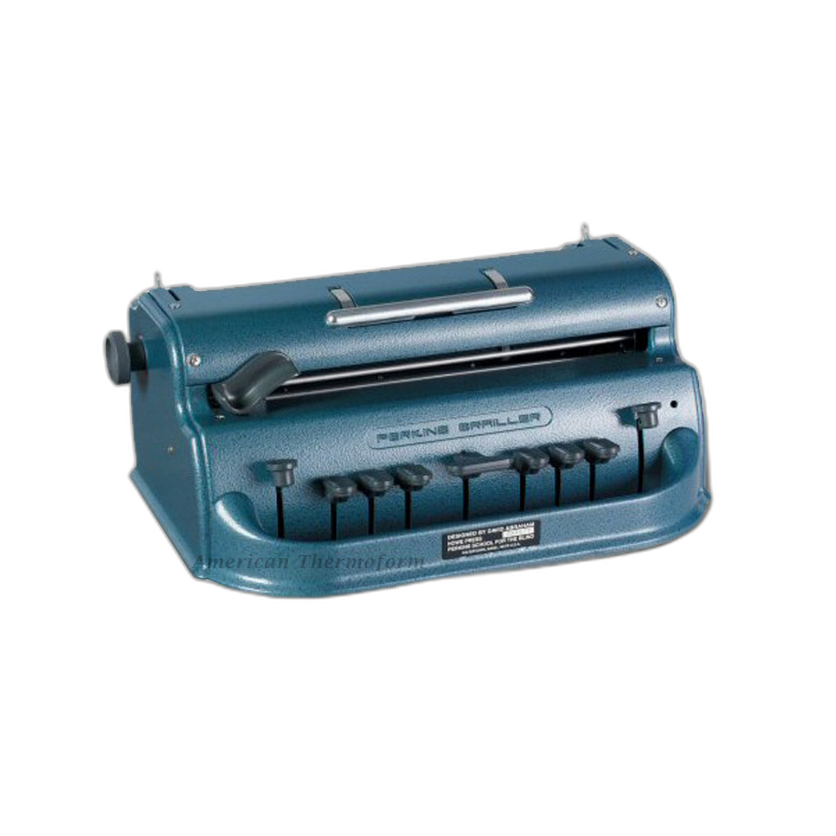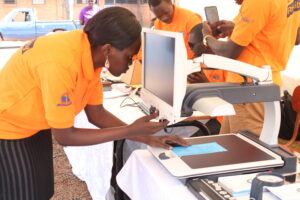
The Perkins Brailler is undoubtedly the most widely used brailler in the world. Developed by David Abraham, a prolific designer and engineer, the Perkins Brailler was introduced in 1951 and has since revolutionized the way blind people read and write. This ingenious device allows individuals with visual impairments to produce braille characters by pressing keys, which puncture the paper through a hinged metal plate. Its compact size, durability, and user-friendly design have made the Perkins Brailler a trusted tool for blind individuals of all ages.
One of the main reasons for the Perkins Brailler’s popularity is its simple yet effective mechanism. The keys require a light but deliberate press, ensuring the accuracy of braille characters. Moreover, the double-sided brailler provides a sense of security, as users can easily verify their work by flipping the paper and reading the opposite side. This feature is particularly advantageous for beginners learning braille, providing immediate feedback on their writing.
Furthermore, the Perkins Brailler’s durability contributes to its worldwide acclaim. Made of high-quality materials, this device can withstand years of heavy use without significant performance deterioration. The robust construction is crucial in accommodating the different writing styles and preferences of various users. Whether used at home, in schools, or in professional settings, the Perkins Brailler is designed to withstand the test of time, providing reliable braille transcription for countless individuals.




